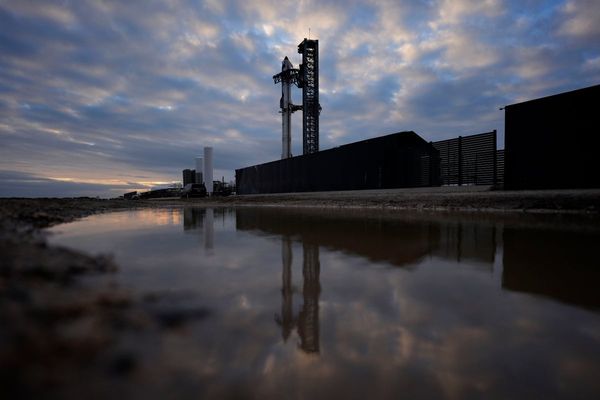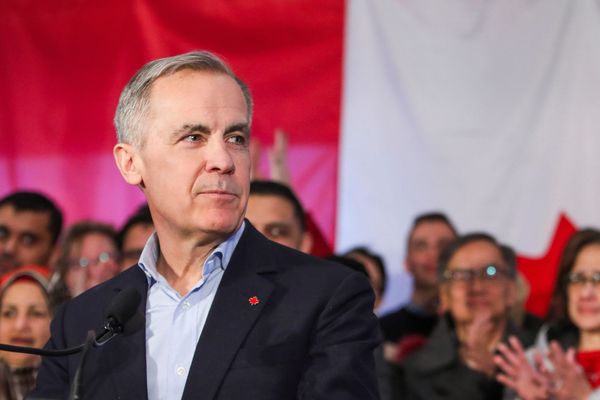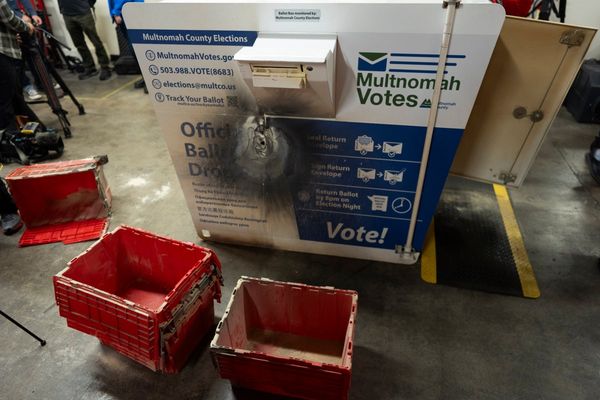
When Hassan Rouhani announced in the run-up to the 2013 presidential elections that it would be better and easier to negotiate with the United States as the “headman of the village,” it was hard to imagine at the time that seven years into his presidency, ties with the United States would have been virtually cut off and he would be negotiating a 25-year accord with China.
Rouhani is considered a moderate in Iran, and he won the 2013 race promising to de-escalate tensions with the West, standing in sharp contrast to his predecessor, Mahmoud Ahmadinejad, who favored shifting Iran toward China.
This shift brings to public view a rivalry inside the country between Western-minded reformists and pro-China hard-liners, a clash that has been ongoing since the 1979 revolution.
The ascendance of one faction over the other at various points has had a significant impact on the direction of Iranian politics. Reformist President Mohammad Khatami’s government (from 1997 to 2005) improved its ties with European countries within the framework of his “constructive interaction” doctrine, but Ahmadinejad (who was president from 2005 to 2013), his immediate successor, chose to focus his foreign policy on building closer ties with Russia and China. At the end of Ahmadinejad’s term, as international sanctions were bringing the Iranian economy to its knees, the public wanted again to pivot back toward the West.
Rouhani tapped into this feeling and won the presidency by promising to solve the issues surrounding international sanctions and Iran’s nuclear program. He put all his political capital into negotiating with the West over the nuclear program, which eventually produced the landmark 2015 deal that put strict limits on Iran’s nuclear capabilities in return for lifting sanctions and revoking all anti-Iran U.N. Security Council resolutions.
But Rouhani’s hard-line opponents harshly criticized him for what they called his “pivot to the West,” saying that he had unnecessarily ignored the East. Pro-Eastern sentiment in Iran is rooted in two major modes of thinking. On the one hand, hard-line groups prefer an authoritarian style of government similar to that of China and Russia, and they have little interest in the West’s democratic ways. On the other, many groups in Iran have extensive trade relations with China and were concerned that those ties could be disrupted if Iran began to cultivate economic ties with European and U.S. companies.
These were the forces Rouhani had to balance as he negotiated with the West, and while former U.S. President Barack Obama was in office, they mostly worked in his favor.
But the hard-line approach taken by U.S. President Donald Trump has dashed the hopes of the Rouhani administration. When Trump announced in May 2018 that the United States would withdraw from the nuclear deal, he effectively scuppered the gains made by Rouhani and his allies and gave renewed relevancy to the country’s hard-liners. Now, after more than two years of crippling economic pressure, Rouhani seems to have resolved that the only way to save Iran is to follow the hard-liners’ demands and pivot to the East.
On June 21, a draft 25-year agreement between Iran and China was approved by the Iranian cabinet. Details about the agreement have not been made public, and there has been much speculation about its contents. But growing public concern over the deal has forced senior officials to comment on the deal. While it is officially billed as an economic partnership, there is speculation that there will be a military component.
Any defense agreements would deepen a growing security partnership between Tehran and Beijing in the years since Trump pulled out of the nuclear deal. Iran conducted joint military exercises with China and Russia in the Indian Ocean and Gulf of Oman in December, and there have been some unconfirmed reports of Chinese troops in Iran. It was also rumored that the recent agreement could grant China access to the island of Kish in the Persian Gulf.
According to one widely cited report during the negotiations in September, China has agreed to invest $280 billion to develop Iran’s oil, gas, and petrochemicals sectors. There will also be another $120 billion investment in upgrading Iran’s transport and manufacturing infrastructure. According to the report, China will retain extraordinary influence over companies in these sectors, and Chinese security personnel will be permitted to protect Beijing’s economic interests in Iran.
Foreign Minister Mohammad Javad Zarif dismissed those reports on July 16, saying, “We have not given and will not give away even an inch of Iranian soil. We will not grant China or any other country the exclusive right to use a single meter of Iranian territory.”
Zarif dismissed most of the other reported stipulations. He rejected the notion of a handover of Iranian islands in the Persian Gulf, a monopoly on the sale of oil at low prices to China, and the deployment of Chinese armed forces to Iran.
Although the agreement has not yet been ratified by the two governments, it is a major signal that reformists like Rouhani have lost the initiative in Tehran, and their previously successful attempt to align Iran more closely with the West is now dead. The hard-liners have used the occasion of Trump’s withdrawal from the nuclear deal to cultivate closer security, economic, and political ties with China.
The future does not bode well for the reformist camp. The end of Washington’s involvement in the nuclear deal, coupled with the recent agreement with China, is largely a vindication of the hard-liners’ pro-Eastern tilt, and reformists such as Rouhani will pay the price politically in future elections, especially if the relationship with China saves the Iranian economy.
At the apex of the Cold War, when Iran was still considered an integral part of the Western bloc, Tehran still maintained good economic relations with the Soviet Union as a way of balancing great-power competition in the region. Even after the 1979 revolution and the outburst of anti-U.S. sentiment that followed, the government in Tehran always tried to maintain a balance between East and West, to the long-term benefit of the regime. The Trump administration’s hard-line approach to Iran has now forced the regime to pick a side, and Iranian leaders have determined that choosing China is the only viable option left.







